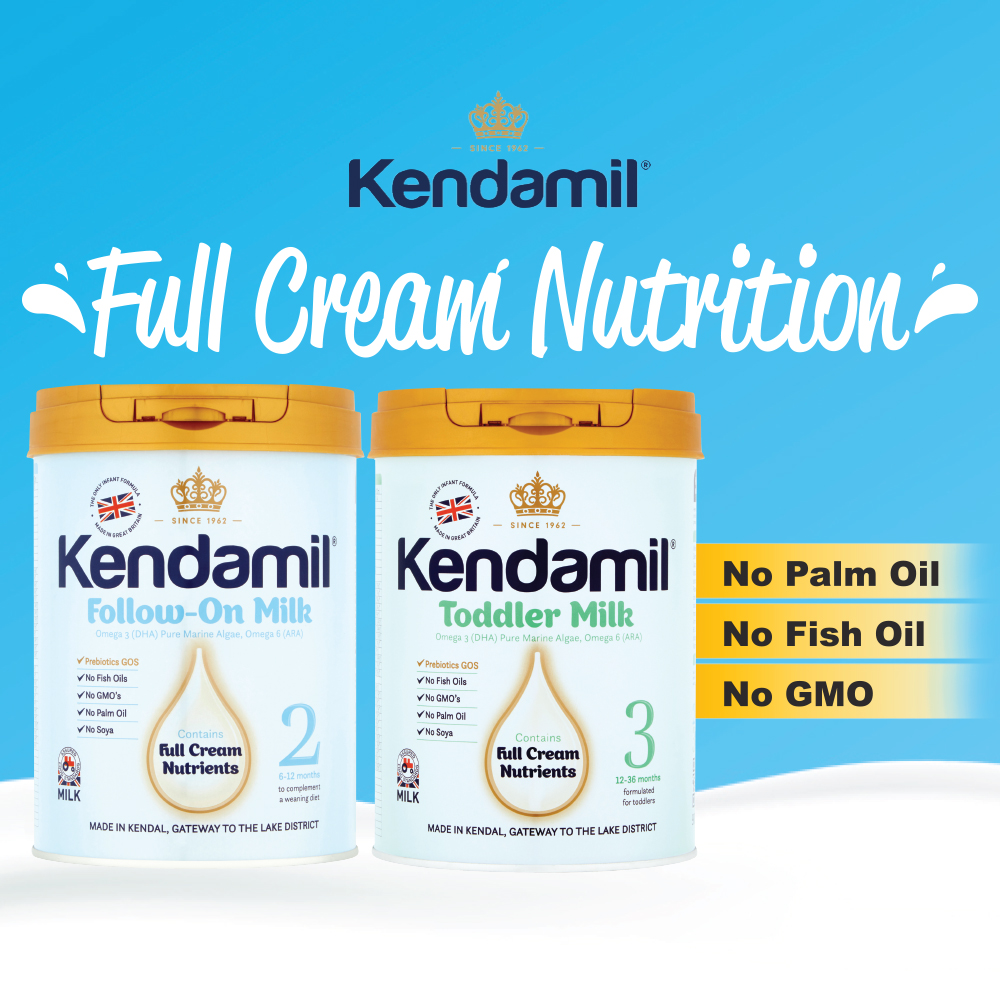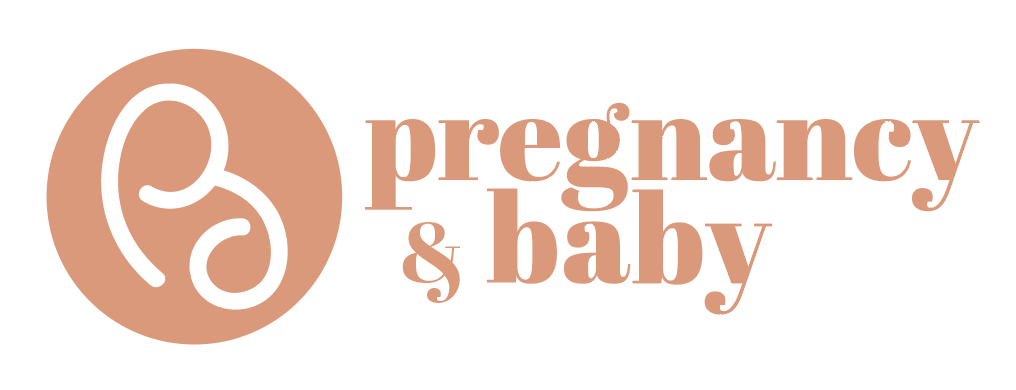

The World Health Organisation recommends exclusive breastfeeding for the first 6 months. In circumstances where breastfeeding may not be possible, infant formula is the next best alternative.
There are countless choices in the market, and each claim to include the best ingredients in their products. This makes understanding the differences between brands and choosing the right infant formula for your child a challenging proposition.
While most parents would focus on the amount of DHA and ARA in infant formula brands, few stop to consider what forms the bulk of infant formula – the milk (or lack thereof)!
Look into the ingredients list of most infant or toddler formula milk brands available in the Singapore market, and it is not uncommon to find skimmed milk or whey listed as the first ingredient, indicating that they are present in order of higher percentages than the other ingredients in the formula milk. What is skimmed milk and whey, and why do the various infant formula brands use these ingredients as the base ingredient in their formula milk?
Skimmed milk is made by removing the natural milk fats from whole milk (also known as full cream milk). By removing the natural milk fats from whole milk, skimmed milk contains little to no fat. In addition, vitamins such as Vitamin A and Vitamin D that are fat-soluble are also lost due to the removal of the natural milk fats and must be added back into the skimmed milk after the skimming process. Natural whole milk contains two types of naturally occurring proteins; casein and whey. To make whey, the casein proteins and natural milk fats are removed from whole milk.
Most infant formula brands use skimmed milk or whey as the base ingredient as both ingredients are cheaper than natural whole milk. However, since skimmed milk and whey contain almost no fat, which is essential for growth and development, most of the fat in infant formula is derived from vegetable oils, and the 5 most common types that are used are palm oil, soy, coconut, safflower, and sunflower.
Unfortunately, most infant formula brands choose palm oil as the primary fat source (the first vegetable fat) due to its low cost and the palmitic acid found within.
Being cheap and relatively easy to grow, the cultivation of palm oil has led to detrimental impacts on the environment. Not only is it a leading contributor to deforestation and wildlife displacement on a massive scale, but this oil may also have harmful effects on your child.
One of the negative effects of palm oil for children is constipation. Palm oil has been shown to combine with calcium to form hard, insoluble soaps in your child’s sensitive digestion system, which in turn leads to constipation with all the associated symptoms such as pain, lack of appetite and, of course, disrupted sleep for your child. Research has shown that babies who drink formulas without palm oil have softer stools, like that of breastfed babies.
A further problem brought on by palm oil is that it has the potential to impede your child’s development in the long run. Palm oil used in infant formula has been found to inhibit the natural increase in bone mass and bone mineral density in infants. 1
Other common ingredients used in formula milk include Corn Starch, Glucose, Sucrose and Corn Syrup. These ingredients are cheap and serve useful purposes from the manufacturer’s point of view, such as being a source of easy-to-digest carbohydrates, as a sweetener or helping to thicken the milk formula. In addition, most Corn Starch, Glucose and Corn Syrup are made from GMO corn.
Corn Starch is commonly added as a source of carbohydrates and as a thickener for infant formula. It is also used to keep your baby feeling fuller for longer, as corn starch is a complex carbohydrate that is harder to digest than sugars.
Glucose and sucrose are simple sugars that are commonly made from the starches in corn and sugar cane. Corn syrup is produced in a similar way to how corn-based glucose syrup is produced. Glucose and Corn Syrup are also much sweeter than Lactose, which is a naturally occurring sugar in breastmilk and cow’s milk.
While breastfeeding is regarded as the best food for infants, it is not always possible for a variety of reasons. Infant formulas provide a suitable alternative. While all the infant formulas sold in Singapore meet the Agri-Veterinary Authority’s (AVA) strict food safety standards and the nutritional needs of infants and young children, it is still extremely important for parents to be vigilant when it comes to the ingredients used in infant formulas today. There is definitely a reason why all infant formulas vary in ingredient composition even though they all meet AVA’s strict requirements.
A good option to consider is Britain’s Kendamil, which uses high quality full cream milk sourced from the farms based in Cumbria and Lancashire, contains no palm oil, fish oil or GMOs and are made and packaged entirely in Britain with the highest food manufacturing and safety standards.
Made with Full Cream Milk that contains natural milk fats, Kendamil Infant Formulas contain less vegetable oils than other brands, which require substantial amounts of vegetable oil to provide the required amount of fat. Additionally, Kendamil also entirely avoids the use of Palm Oil in its formula, advocating against the detrimental impact on infant development and for protecting the environment. Kendamil fortifies its milk with Omega 3 Fatty Acids from Pure Marine Algae instead of Fish Oil, making its formula free of fish and suitable for vegetarians as well!
Kendamil’s Infant Formulas are also made without GMOs and has no added corn starch, glucose or corn syrup, relying on the natural sweetness of full cream milk and the lactose found naturally to provide a rich creamy taste.

References:
Pregnancy and Baby Singapore provides you with the latest news and practical tips to help you in your parenting journey. For more tips on your pregnancy and baby in Singapore, subscribe to our mailing list and like us on Facebook, to receive new articles for mummies like you every week!
Copyrighted Pregnancy & Baby by Mummys Market 2019


